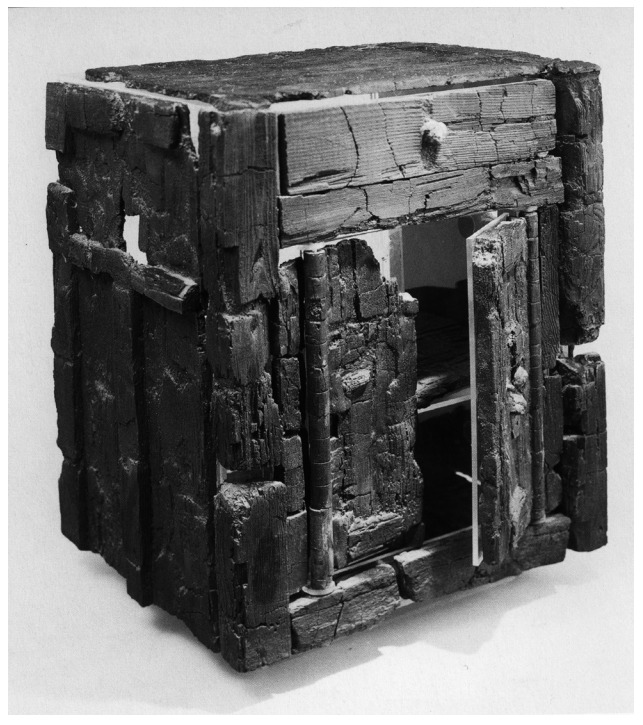I’ve seen a documentary or two about Herculaneum.
At first, no bodies were found. But later, it was discovered that the residents had all fled down towards the coast, and now several (I don’t know how many) bodies have been found buried in deeper parts of the excavation near the coast.
By the way.
Pompeii and Herculaneum are now INNER suburbs of Naples. Pozzulo, also heavily affected by an earlier eruption of Vesuvius, is on the opposite side of Naples city centre to the volcano. AFAIK, Naples is the second potentially deadliest city for death by volcano. The largest evacuation route from Naples city centre takes you closer to the volcano before turning off north.
The most deadly volcano risk is in South America, somewhere.



